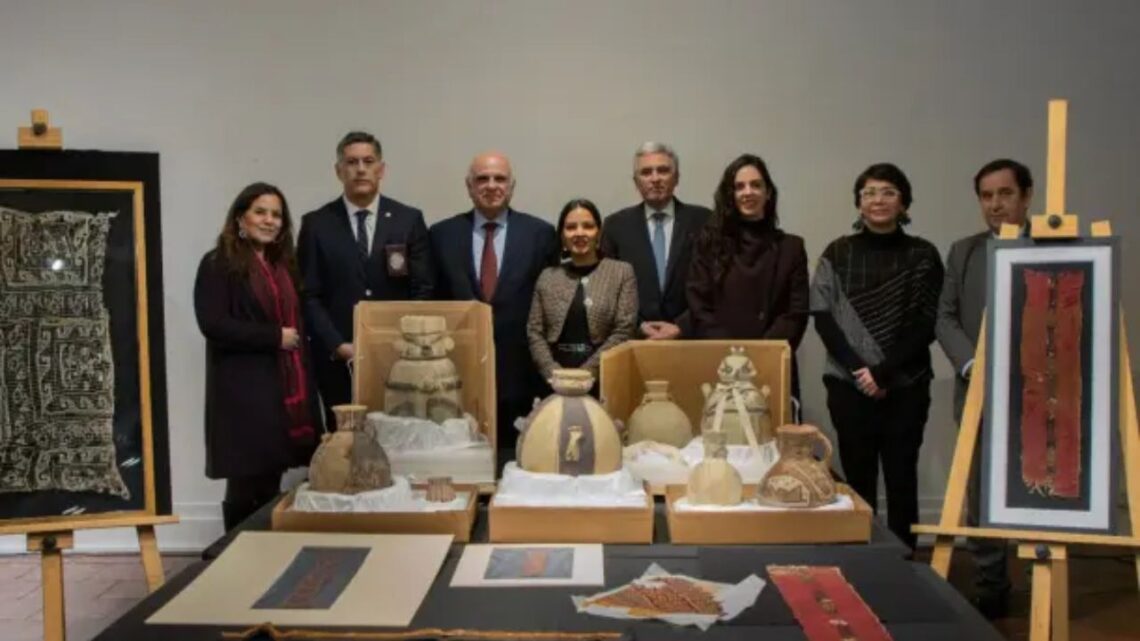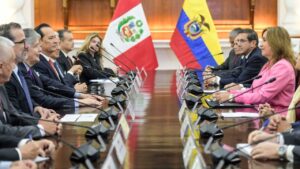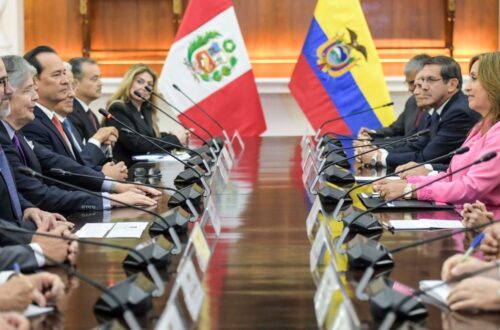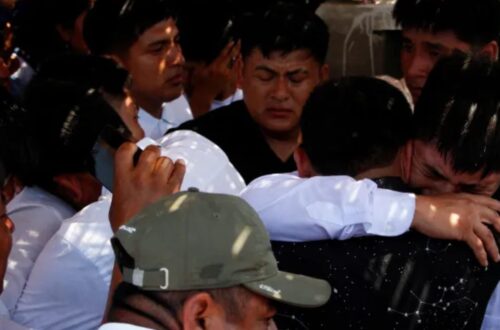On 11 July 2025, the Ministry of Cultures, Arts and Heritage of Chile officially returned 19 archaeological objects to the Republic of Peru in a solemn restitution ceremony held at the National Historical Museum (Museo Histórico Nacional) in Santiago.
This historic act marks a powerful milestone in regional cooperation for cultural heritage protection and highlights a renewed resolve to combat illicit trafficking of cultural property.
These artifacts—ceramics and textiles from pre-Hispanic Chancay, Wari, and Pativilca cultures—date from 600 to 1476 ACE.
Their return strengthens the historical and symbolic ties between Chile and Peru, reflecting mutual commitments under international and bilateral legal frameworks.
Why This Restitution Matters
The restitution goes beyond returning ancient objects—it symbolizes justice, identity, and cooperation.
- Bilateral commitment: Both Chile and Peru have reaffirmed their shared duty to protect and recover cultural heritage.
- Symbolic justice: This return recognizes the ancestral knowledge, identity, and memory embodied in these objects.
- Legal obligations: The items are protected under the UNESCO 1970 Convention (ratified by Chile in 2014) and the 2002 Bilateral Agreement between both nations. These frameworks establish the duty to prevent illicit trade and ensure restitution of stolen cultural property.
- Regional cooperation: The return follows the Third Cusco Forum (May 2025), co-organized by UNESCO, which focused on strengthening regional collaboration against the illicit trafficking of cultural goods.
This restitution operates at many levels—legal, diplomatic, cultural, and symbolic—showing the power of cooperation in protecting shared heritage.
Details of the Restituted Objects
The following table summarizes the 19 archaeological objects returned to Peru:
| # | Type of Object | Cultural Style / Origin | Date Range (ACE) | Material / Technique | Distinguishing Feature |
|---|---|---|---|---|---|
| 9 | Ceramics | Chancay & Pativilca | 600 – 1000 | Pottery, clay | Traditional shapes and motifs typical of both cultures |
| 1 | Textile fragment | Chancay | 1000 – 1476 | Camelid fiber / cotton | Anthropomorphic & bird-like designs |
| 9 | Textiles | Chancay & Wari | 1000 – 1476 | Camelid fiber & cotton | Geometric weaving patterns and fine craftsmanship |
Total = 19 objects (9 ceramics + 1 textile fragment + 9 additional textiles).
All these items are now officially declared Cultural Heritage of the Peruvian Nation, granting them the highest level of legal protection.
How the Objects Were Recovered & Returned
The recovery and return of these objects involved years of coordinated international effort between authorities and cultural experts.
- Illegal removal: The artifacts were illegally taken from archaeological sites in Peru.
- Illegal trade: They later appeared in private collections and on online platforms such as eBay and Instagram, despite Peruvian laws banning their export and sale.
- Investigation & seizure: The Environmental and Cultural Heritage Crime Unit of Chile’s Investigations Police (PDI), in collaboration with Peru’s Ministry of Culture – Directorate of Recoveries, identified and seized the objects.
- Restitution ceremony: On 11 July 2025, the formal handover ceremony was held with key figures in attendance:
- Ms. Carolina Arredondo, Minister of Cultures, Arts and Heritage of Chile
- Ambassador Félix Denegri, Vice Minister of Foreign Affairs of Peru
- Officials from Chile’s Police of Investigations and Peru’s Ministry of Culture
This step-by-step process—from discovery to legal restitution—demonstrates the complexity and importance of cross-border cooperation in protecting cultural property.
Legal & Institutional Framework
This restitution is grounded in several major international and national laws:
- UNESCO 1970 Convention: Prohibits the illicit import, export, and transfer of cultural property.
- Chile–Peru Bilateral Agreement (2002): Establishes joint commitments to prevent trafficking and ensure the return of illegally exported items.
- Peruvian national legislation: Declares that cultural artifacts are property of the state and cannot be sold or exported.
- Cultural Heritage Declaration: The returned items are officially recognized as part of the Cultural Heritage of the Peruvian Nation, ensuring ongoing protection and preservation.
These instruments ensure that cultural restitution is not merely a moral act—it is a legal obligation.
Significance & Implications
This act of restitution is a landmark moment for both nations and the global cultural community:
- Cultural diplomacy: Strengthens ties between Chile and Peru through mutual respect and cooperation.
- Precedent for others: Encourages other countries to repatriate stolen artifacts and uphold international conventions.
- Deterrence: Sends a strong warning to traffickers and collectors involved in illegal cultural trade.
- Restoration of heritage: Helps Peru recover vital parts of its ancestral identity and historical continuity.
- Global example: Demonstrates how shared commitment can lead to real results in protecting world heritage.
The return of 19 archaeological treasures by Chile to Peru on 11 July 2025 is a historic milestone in cultural diplomacy and heritage protection.
The repatriated ceramics and textiles, representing the Chancay, Wari, and Pativilca civilizations, are more than ancient relics—they are living symbols of identity, memory, and respect for ancestral artistry.
Backed by international law and moral commitment, this restitution proves that cultural heritage knows no borders.
It serves as a global reminder that protecting the past is a collective responsibility—and that justice for history can still be achieved through cooperation, respect, and shared values.









